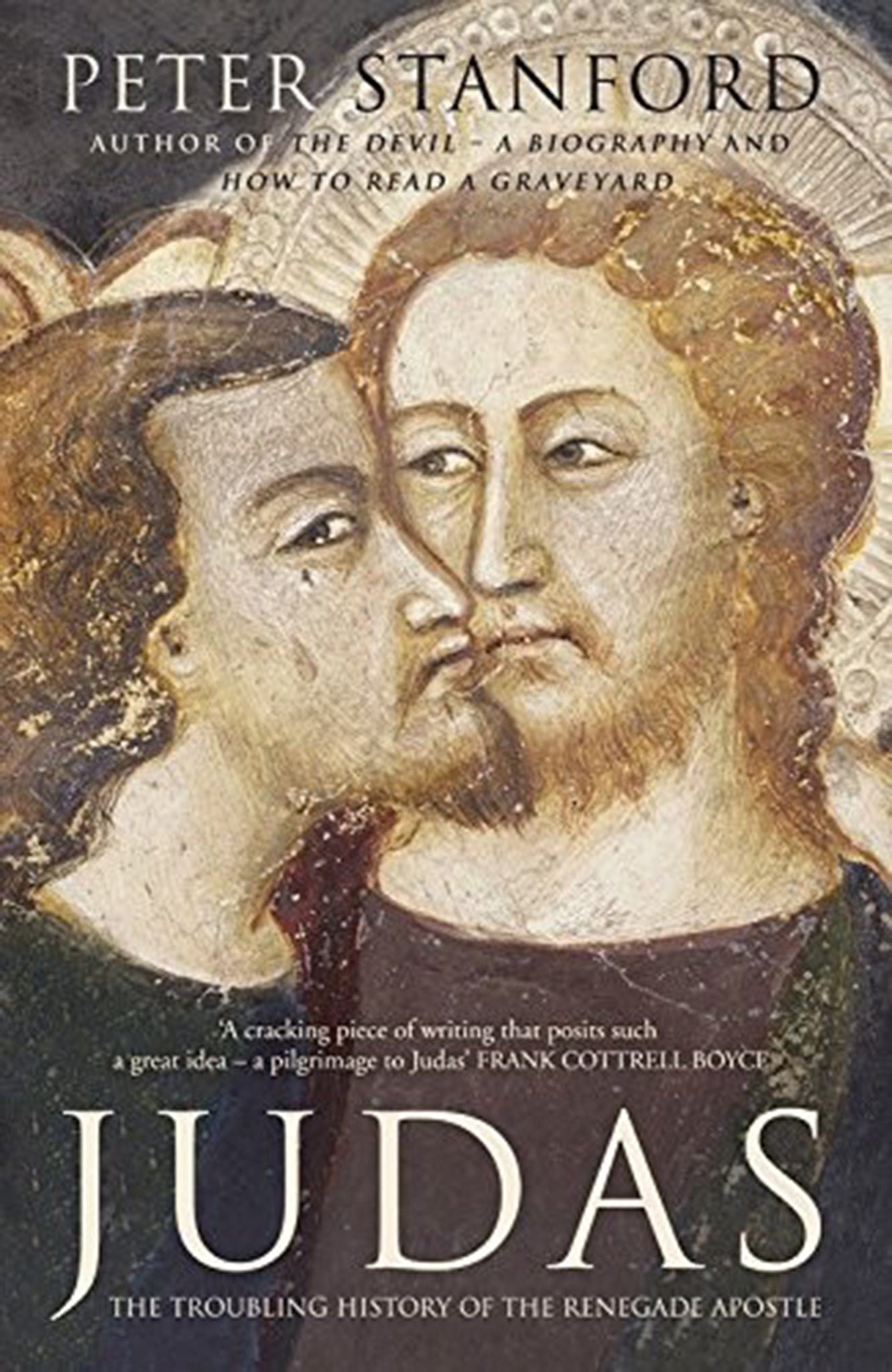Judas: The Troubling History of the Renegade Apostle by Peter Stanford - book review: Sympathy for a devil following his conscience
Stanford is a cool, witty guide, never afraid to admit how elusive Judas is

Your support helps us to tell the story
From reproductive rights to climate change to Big Tech, The Independent is on the ground when the story is developing. Whether it's investigating the financials of Elon Musk's pro-Trump PAC or producing our latest documentary, 'The A Word', which shines a light on the American women fighting for reproductive rights, we know how important it is to parse out the facts from the messaging.
At such a critical moment in US history, we need reporters on the ground. Your donation allows us to keep sending journalists to speak to both sides of the story.
The Independent is trusted by Americans across the entire political spectrum. And unlike many other quality news outlets, we choose not to lock Americans out of our reporting and analysis with paywalls. We believe quality journalism should be available to everyone, paid for by those who can afford it.
Your support makes all the difference.What do we know about Judas? He betrayed Jesus. That’s about it for many people, and yet his name still means something powerful to modern minds.
We still call a person who betrays their friends a Judas. We might recall that he did it with a kiss, for 30 pieces of silver. He felt pretty terrible about it afterwards.
The original movie of Jesus Christ Superstar contains one hugely powerful moment. Look it up. Judas is crouching in the desert, miserable at what he has done, when over the horizon comes a line of tanks, bearing down through the shimmering heat like mighty metaphors of guilt. (He is the sexiest character in the show by the way, as Tim Minchin knew when he asked to play him on stage).
“Judas is a composite of 19th- and 20th-century interpretations that follow the structure of the gospel narrative but turn him once more into a misunderstood anti-hero,” writes Peter Stanford of the musical. “He is the rebel who feels let down when Jesus embarks on a divine rather than a political mission, but he is also in love with Jesus.”
Judas here follows his conscience and is a victim rather than a villain. That’s what makes him so attractive to those of us who know the Christian story but fear the certainties too often built upon it, and cherish instead its mysteries and human frailties.
True or not, the story in which Judas features is one of those that underpins our culture. He is one of the great characters, mythological or otherwise. Jung described him as a powerful archetype. And yet, as this book reveals, everything we think we know about him is built on a few scraps of writing and a huge pile of propaganda.

There is no better navigator through the space in which art, culture and spirituality meet than Peter Stanford. His biography of the Devil is a masterpiece. This is an easier book, written in a friendlier style, but the research is just as thorough.
Stanford pursues Judas back through the ages, sometimes in person: going to hug a tree in the Garden of Gethsemane to the bemusement of fellow tourists, or braving scornful nuns at Hakeldama near Jerusalem, by touching a fragment of the rock upon which Judas allegedly spilled his guts. Sometimes he seems to meander, and you wonder what the hell he is doing there.
But Stanford is a cool, witty guide, never afraid to admit how elusive it all is. Despite the layers of confusion between the present day and what happened – or not – 2,000 years ago, he finds meaning, and spins a good yarn. (There is also an A to Z of Judas-related bits and pieces, from asparagus to the Zodiac, which is fun.)
The book begins with a forensic examination of Judas in the four gospels. Stanford points out that these are not straight eyewitness accounts as often supposed, but versions of stories handed down orally, and written after the future Saint Paul had already sent the letters that defined early Christianity.
As a Roman Catholic, Stanford does not hide his faith. Writing about Graham Greene – who believed the gospels on the basis that they contained irrelevant details that would have been left out if the stories were not true – he describes the author as “notoriously prone to doubt”.
Gloriously prone to doubt, some of us would say. (In the words of the artist Barbara Kruger, “Belief + Doubt = Sanity”.) But Stanford is more than willing to admit that some or all of this – including the character of Judas himself – may be fiction, as he picks apart the gospels beautifully and uncovers what appear to be home truths.
The disciples were stupid, for one: simple country boys who could not see what was happening in front of their faces. The 30 pieces of silver were a pittance, not a fortune.
There are more eye-catching details as he moves on to an exploration of the way Judas has been portrayed through the centuries. The Nazis seized on the medieval idea of Judas the Greedy Jew, the treasurer among the disciples who sold his master for silver. So, it is jaw-dropping to discover that a very modern take on Judas as a hero appears in a play from 1918 – written by none other than Joseph Goebbels, the future evil genius of the Third Reich.
But Judas has been used for propaganda purposes since the beginning, says Stanford. Some portray him as an all-out baddie, some as possessed by the Devil, some as a helpless part of God’s plan and some – particularly lately – as a troubled man, doomed by his own principles.
Judas speaks for “the betrayed and the betrayer in all of us”, says Stanford. This entertaining, enlightening biography serves the sympathetic old devil wonderfully well.
‘Is God Still an Englishman?: How Britain Lost Its Faith (but Found New Soul)’, by Cole Moreton, is published in paperback by Abacus
Hodder £20
Join our commenting forum
Join thought-provoking conversations, follow other Independent readers and see their replies
Comments